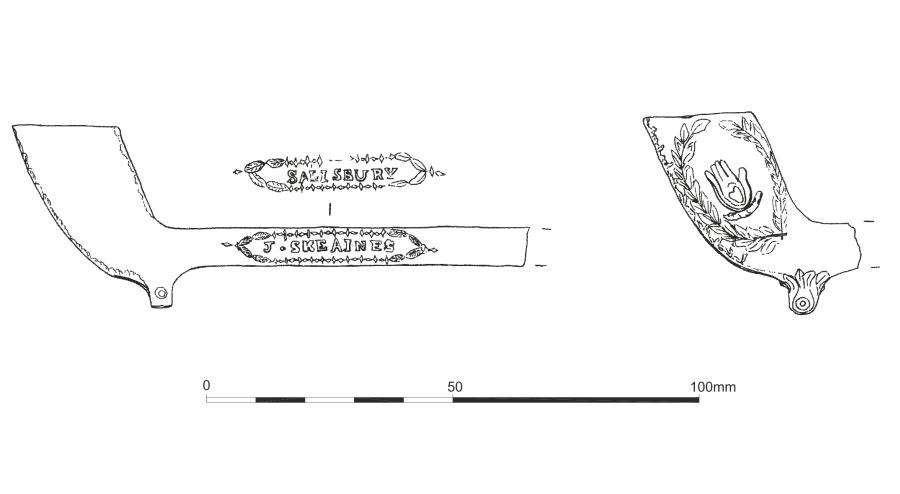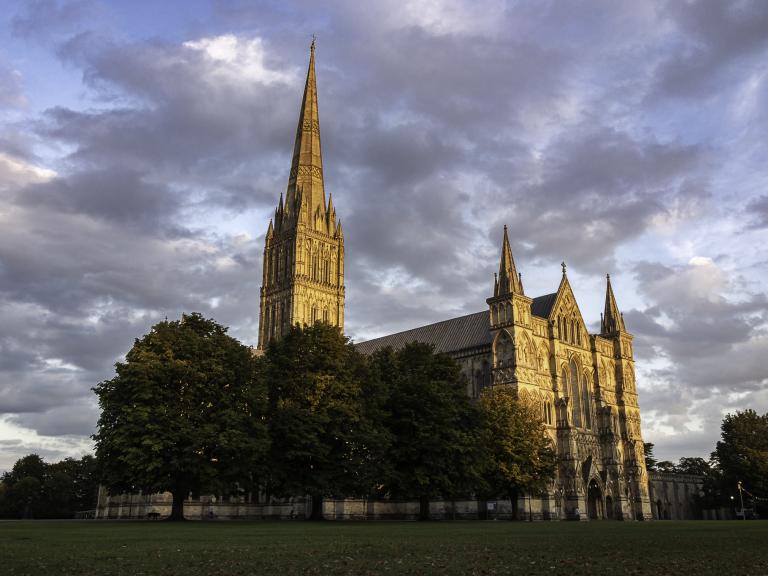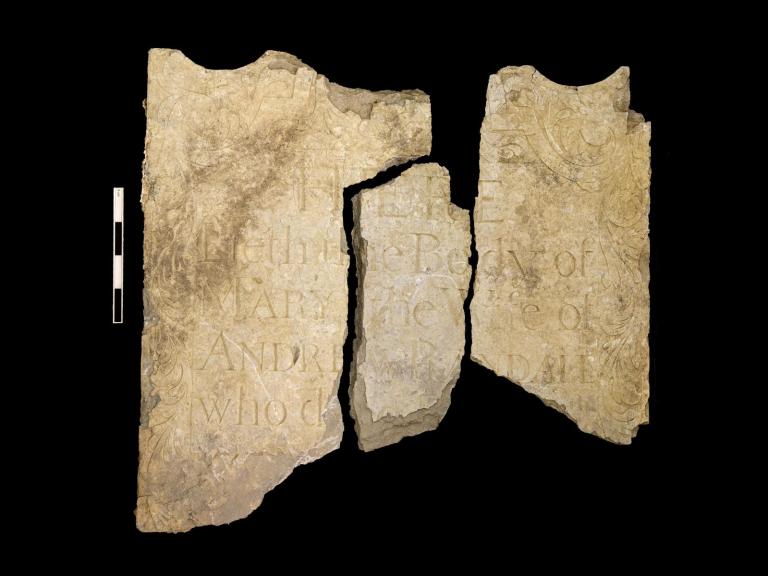We saw in Endless Street, our stop-off point in week 6 around Salisbury’s archaeology, that objects sometimes link directly to former named residents, their lives and professions. So, this week we are staying in Vanner’s Chequer, where we are taking a ‘short break’ with members of the Morgan family, specifically William Morgan II, with his close neighbour and business partner, James Skeaines. These two men were clay tobacco pipe makers who lived in Salt Lane in the 19th century.
The scene of excavations by Wessex Archaeology in Vanner's Chequer looking towards Salt Lane. William Morgan's premises lay beneath the buildings on the right, which were subsequently demolished
Tobacco smoking became very fashionable from the 16th century following its introduction from America and Salisbury became well known for making clay pipes from the 17th century. Changes in design make pipes easily datable especially where they carry traces of a maker’s stamp, which records the name of the person who made it; however, only rarely can we pinpoint the location of the workshops, kilns and waste heaps.
The traces that allowed us access to William Morgan and his profession were incredibly slight; a layer of fine white clay at the end of the property indicated the store of his invaluable raw material. Nearer to his home we found a brick-lined pit containing traces of the kiln supports, with pipe ‘rejects’ which resulted from failed firings.
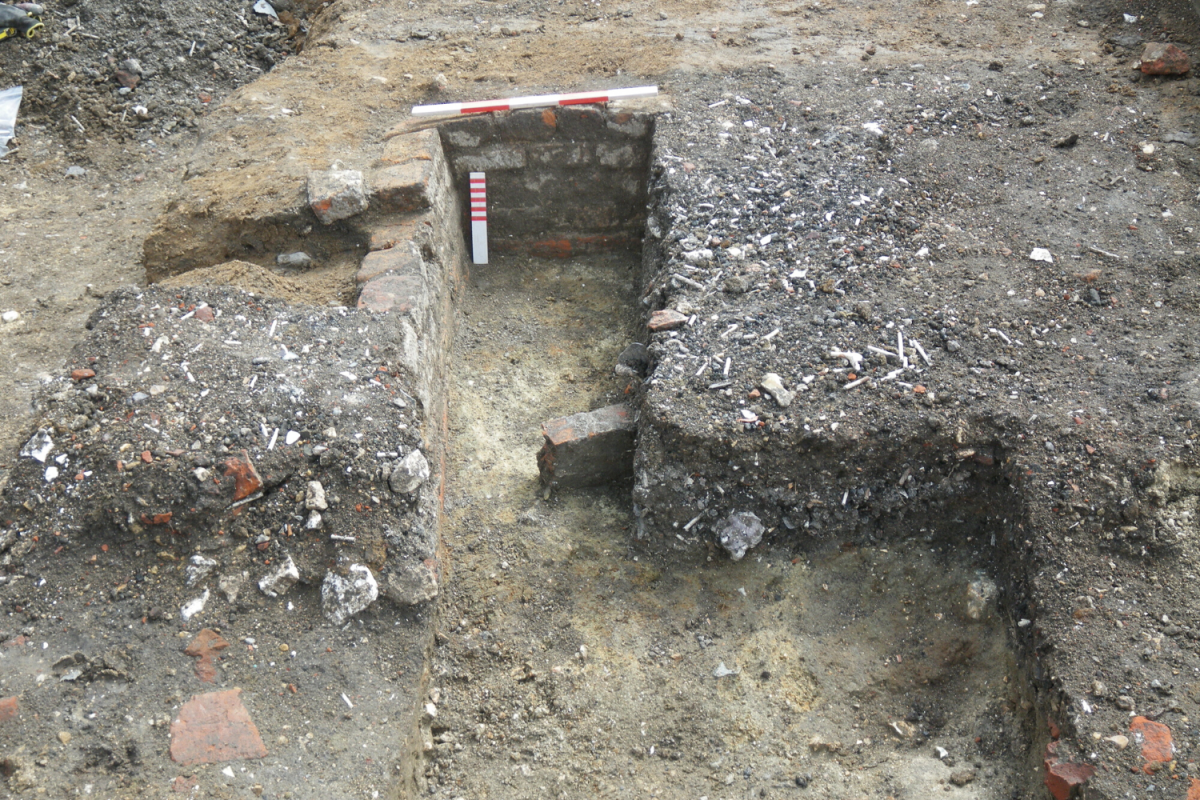
Excavations revealed a brick-lined pit containing pipe ‘rejects’
These unusable pipes represented a heavy financial loss to the maker but a treasure trove to the archaeologist. They preserve details of the all-important moulds from which the pipes were cast, many representing examples of Morgan’s work that were previously unknown. The workshop and kiln were apparently located immediately behind the house and were sadly destroyed by 20th century engineering works.
William Morgan (1823-59) was descended from five generations of Salisbury pipe makers, beginning with John Morgan (1702-69) who baptised his son Benjamin at St. Edmund’s church and so is likely to have established the family in the immediate neighbourhood. Morgans were certainly resident in Salt Lane from 1841 when William Morgan was living with his parents in the street.
Morgan and Skeaines produced a range of pipes that are all typical of the period. The pipes were cast with relatively large bowls and carried the maker’s initials, which were cast in relief, on short spurs below the bowl. In other cases, Morgan marked his products on the stem. Variations in mould type, shape and initials suggests that at least three members of the Morgan pipe-making family were represented by pipes from the excavation. The Morgans often followed the fashion of naming their sons after the father, which made it difficult to identify which family member had acquired the original mould before passing it down through the generations.
Pipes bearing the letters W/M on bowls or spurs were especially common in the brick lined pit and almost certainly belonged to our William Morgan; seven different pipe types were identified by slight variations in bowl profile, decoration and maker’s marks. It seems that William attempted to appeal to a broad market, including a range of pipes for the Oddfellows, a friendly society which provided social support to its members after the closure of Trade Guilds. Similar pipes with heraldic designs and masonic emblems flourished from the second half of the 18th century and certainly merit William’s inclusion as a ‘fancy tobacco pipe maker’ in a trade directory of 1855.
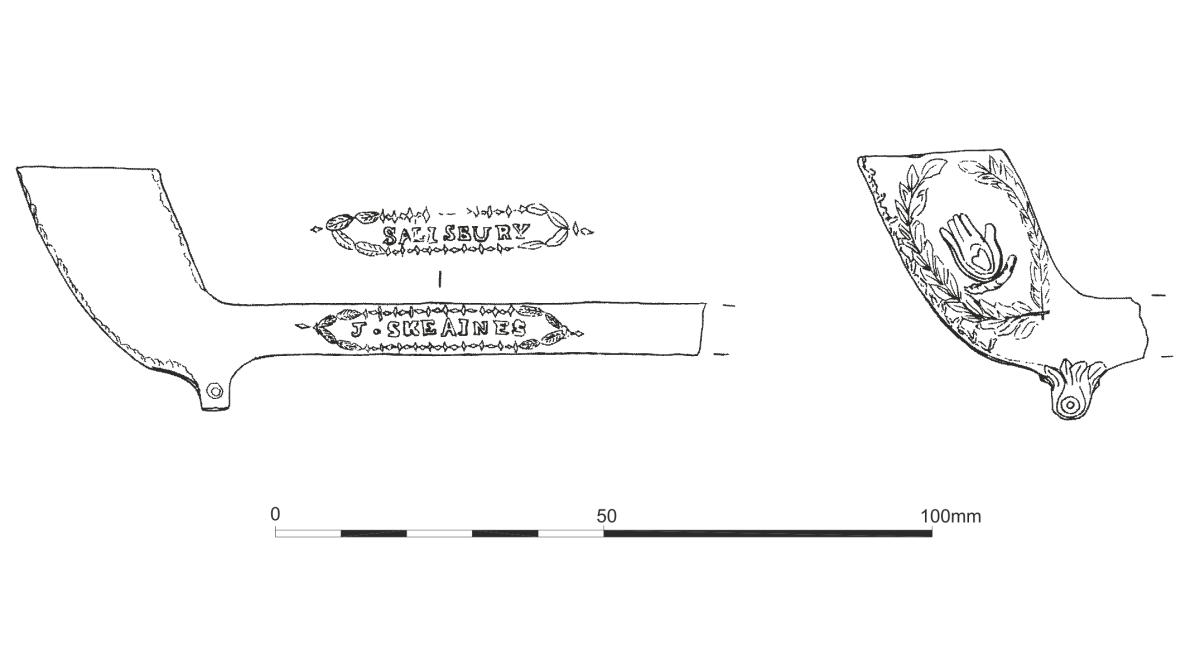
Archaeological illustrations of a clay pipe stem stamped with William Morgan's name and a pipe bowl bearing the 'Oddfellows' mark
The pit also contained fragments of strap-like bars and thin flat sheets of fired pipeclay, with clay pipe stems attached. The bars and sheets were added in a plastic state and could not be reused once they had been fired. They were used to support and separate layers of pipes within the kiln and supplement the pre-formed reusable kiln furniture. The flat sheets were applied to paper and used to cover, stabilise and protect the pipes. Sadly, firings sometimes went wrong and the pipes appear to have got stuck to the clay sheets, rendering the products unusable and loss making. In later weeks we will visit a site at 47-51 Brown Street where similar overfired stem and bowl ‘wasters’, with kiln debris helped locate the workshop of Joel Sanger, who produced pipes in the first half of the 18th century.
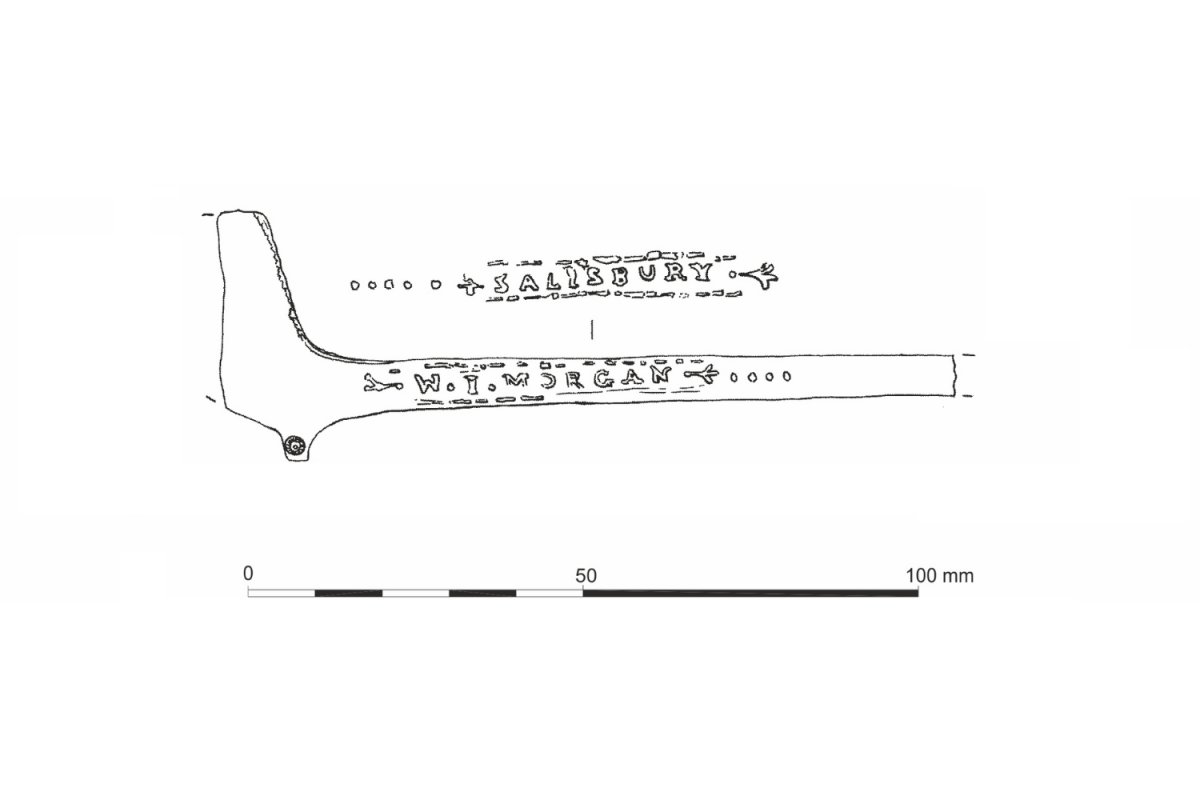
An archaeological illustration of a clay pipe stem stamped with James Skeaines' name, found during Wessex Archaeology excavations
When William died, his wife Sarah continued production before passing responsibility to Skeaines, who originated from Southampton. He ceased production in 1867 by which time cigars, cigarettes and briar pipes had become increasingly popular. Skeaines is accredited with being the last recorded pipe maker in Salisbury, ‘closing the door’ on a local Salisbury trade.
